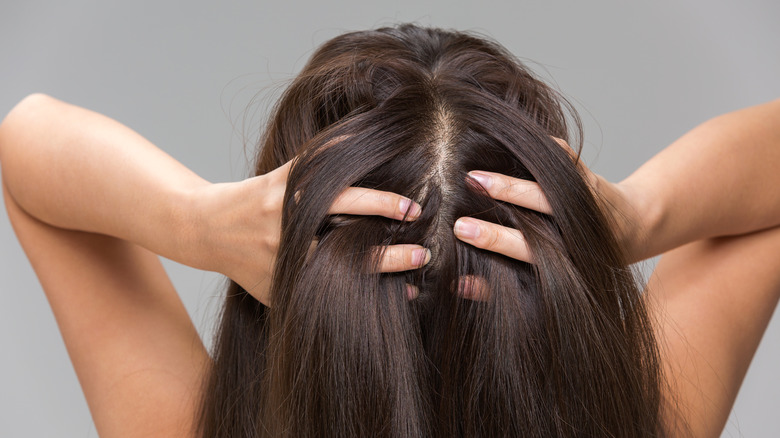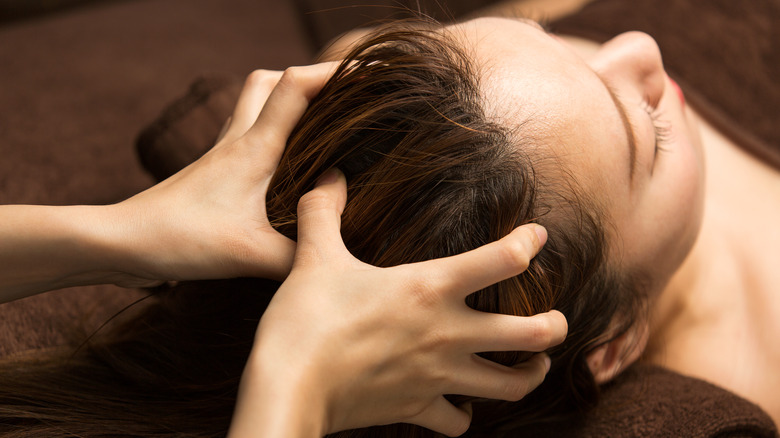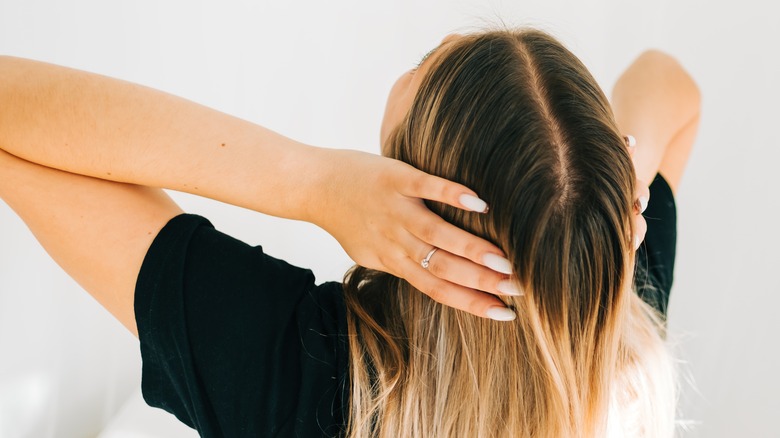Here's What You Should Know About Scalp Microblading
The loss of hair can be a challenging situation for anyone who experiences it. No matter the reason behind sudden hair loss or thinning, it can be hard to manage the change. While the issue of hair loss is often looked at as a male issue, it can also affect women in large numbers. According to the American Hair Loss Association, 40% of those who suffer from hair loss are women. With this being a common problem across genders, hair loss gets a lot of attention, and certain solutions are gaining popularity.
One of the rising solutions to address hair loss comes in the form of scalp microblading. Though it doesn't cure hair loss, it can create an illusion of hair as you wait to get other forms of treatment. This provides one way you can gain back and maintain your confidence amid hair loss. However, like any process of this kind, it's vital to know what scalp microblading entails before signing up.
What is scalp microblading?
In general, scalp microblading is similar in process to eyebrow microblading. According to Scalp Hairlines International, scalp microblading involves using a hand-held blade to create pigmented strokes along the scalp. This creates the illusion of hair where previously there may not have been any. This process isn't surgery and is simply for aesthetic purposes. But while this isn't creating any actual hair strands, it gives the appearance of hair, which can help the self-image of anyone who is suffering from thinning hair or loss of hair. Like eyebrow microblading, scalp microblading is a semi-permanent process that acts almost as a tattoo.
Dr. Ken Washenik explains to Bosley, "Microblading gives you a stroke of pigment, like a strand of hair with gel on it. ... The blading mimics the manicured, groomed look of eyebrows. It also has a very targeted benefit along the hairline. But it has to be done with great care and skill for it to look natural." This innovative procedure is perfect for those who simply want to fill in places where hair might be thinning or falling out. Washenik also explains that this is a great alternative for those who perhaps aren't candidates to receive a hair transplant and are awaiting results from a hair growth treatment.
Is scalp microblading safe and effective?
Even though it's similar to microblading on your eyebrows, getting this procedure on a body part like your scalp can be overwhelming. Dr. Melissa Kanchanapoomi Levin tells Shape, "The risk of scalp microblading is similar to the risk of a tattoo. Any foreign substance placed into the skin can potentially cause an allergic reaction, infection, or inflammatory reaction." So while it isn't a procedure out of the ordinary, it does entail going to a reliable provider and ensuring they have the appropriate credentials and tools.
Although the procedure is occurring on your scalp, there's no added pain to worry about. Founder of the EverTrue Microblading Salon, Ramon Padilla, tells Real Simple, "The hairline is numbed beforehand, and given the thickness of the skin at the treatment area, it is virtually painless. To replicate hair, the microbladed strokes are created very lightly, barely penetrating the skin, and so there is no downtime/recovery period."
It is important to note that even though there is no downtime or surgery involved, scalp microblading does involve taking a bit of extra care after the procedure. Dr. Kanchanapoomi Levin points out that, like tattoos, there is a need to keep the skin moisturized and protected against sun exposure for the best end results. She also advises against washing your hair at all for the first week. At the end of the day, scalp microblading isn't meant to be the final solution to hair loss, but it is a great alternative for those who may want to avoid the appearance of thinning hair. Cared for properly, this solution can last up to a year.


